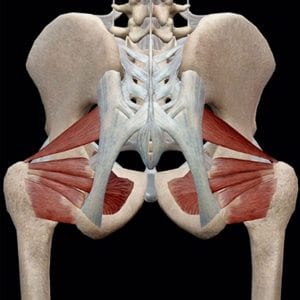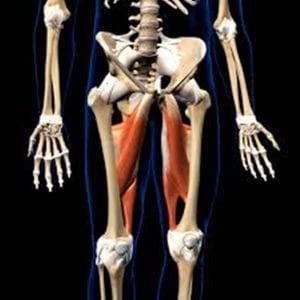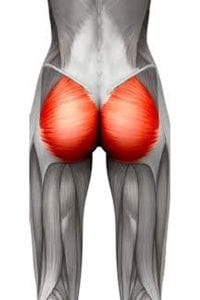BEFORE FOLLOWING EXPERT ADVICE FROM MAGAZINES, CHECK WITH YOUR PHYSICAL THERAPIST
When reading health and fitness articles, there can be a lot of confusing information in regards to pelvic floor conditions and how to treat them.
One article will feature a fitness instructor declaring, “Do your kegels and you will no longer experience urinary leakage!” The next week, another professional states “Kegels can actually make your symptoms worse!” This conflicting information can leave us confused and scared to start any type of program because we aren’t sure if it will help us or be detrimental.
To add to the confusion, both of these statements can be true! Check out our article by Jill Ehrmantraut to see why it is necessary to see a physical therapist to help you determine the best treatment for YOU!
Even if your physical therapist has deemed kegels a good fit for you, the work likely doesn’t stop there!
In order for our pelvic floor to function properly, all the surrounding muscle groups must also pull their weight.
In this article, I’m going to focus on our hip muscles and how weakness in these muscles can impact our pelvic floor!

Hip abductors
These muscles assist in keeping our pelvis level and are especially important when we are completing activities that require us to balance on one leg—like running! Weakness in our hip abductors can contribute to imbalances through our pelvis (leg length discrepancies, pelvic tilts and torsions). These imbalances can change the length of our pelvic floor muscles (shorten or lengthen) and cause them to be less effective at doing their job!

Hip rotators
As you can see in the picture to the left, these muscles are located deep within the pelvis, making them GREAT helper muscles to our pelvic floor. Sometimes when unable to get a proper contraction from our pelvic floor muscles, it can help to first focus on these muscles. Oftentimes, activation of these muscles will lead to overflow activation into the pelvic floor!

Hip adductors
Most often, we see tightness through these inner thigh muscles. Our hip adductors try to take on the work of our pelvic floor muscles when they are weak (think of crossing your legs to stop urinary leakage!). It is important to keep these muscles flexible and strong, versus tight and weak!

Hip extensions
One of our largest hip extensors is our glutes. Strong glutes lead to a strong pelvic floor!
Bridges and squats are a great way to assist in strengthening both our glutes and pelvic floor and work on proper muscle coordination during a functional movement.
Reach out to our Pelvic Health staff for an appointment, make sure that kegels are right for you.
